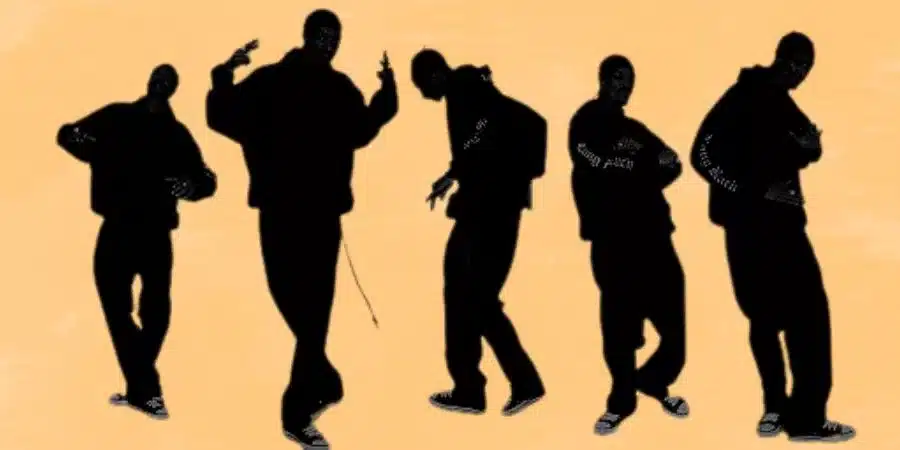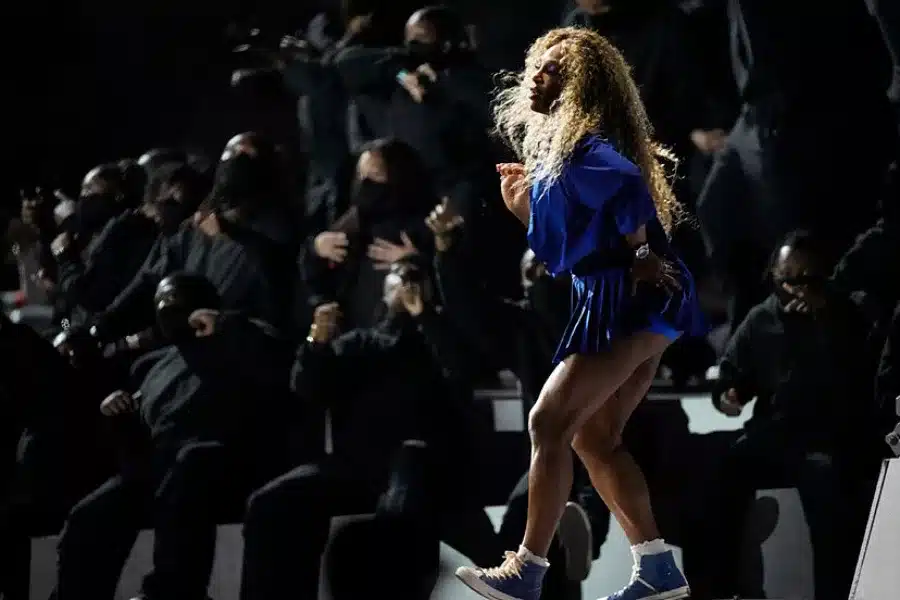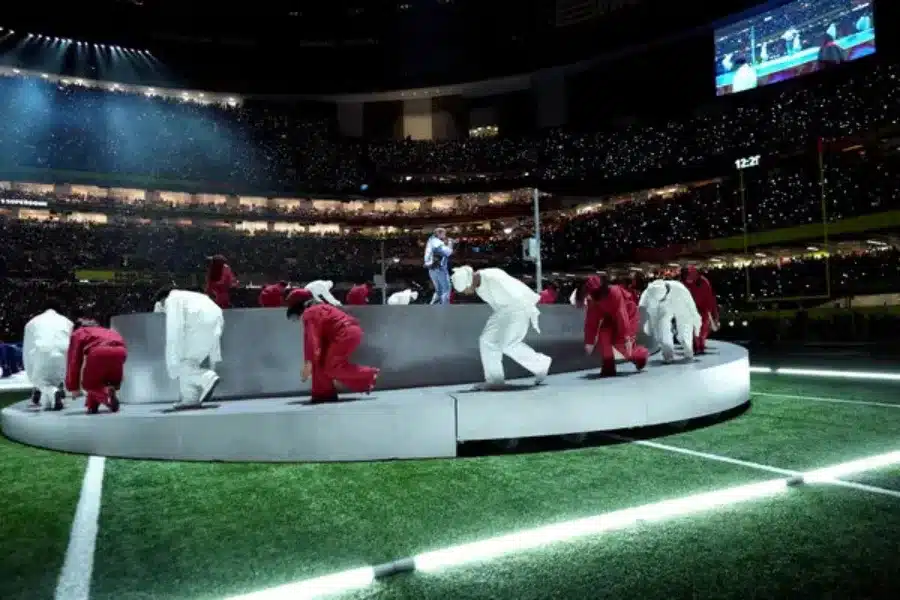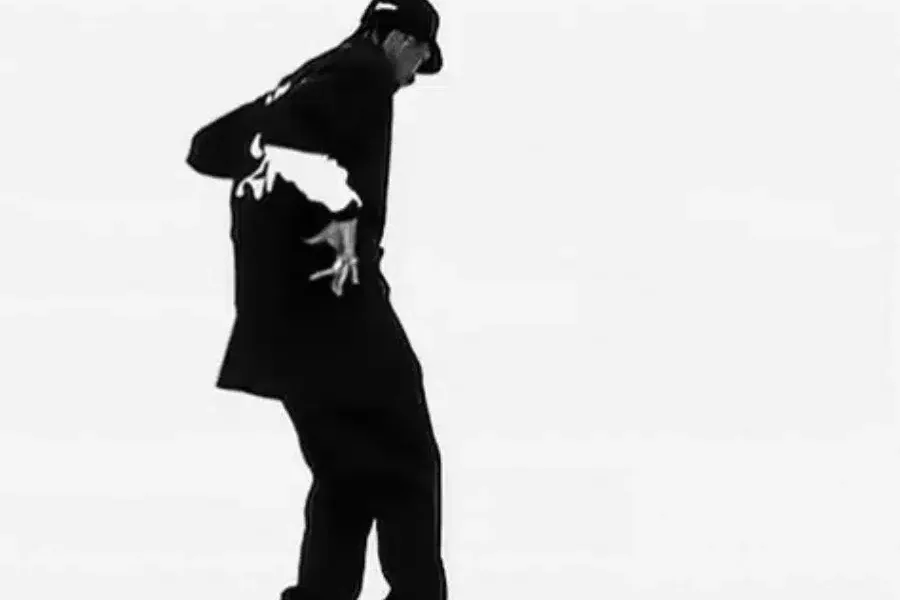Crip Walk: From Gang Origins to Super Bowl Spotlight
The Crip Walk (C-Walk) has evolved from a symbol of gang affiliation in Los Angeles to a prominent feature in global pop culture. Its journey reflects broader cultural shifts and the complex interplay between underground movements and mainstream acceptance.
The most recent moment occurred during the 2025 Super Bowl halftime show, where Serena Williams performed the Crip Walk, reigniting discussions about the dance’s cultural significance.
Origins: A Dance with a Message

The Crip Walk emerged in the early 1970s within the Crips gang in Los Angeles. Characterized by intricate footwork, the dance was initially a form of non-verbal communication among gang members, often used to spell out “C-R-I-P” and assert territorial claims.
Over time, the C-Walk transcended its gang-related roots, becoming a form of expression within the broader hip-hop culture. Artists and dancers adopted and adapted the moves, leading to various interpretations and styles.
Hip-Hop and the Crip Walk’s Mainstream Takeover

In the late 1990s and early 2000s, the Crip Walk gained prominence through West Coast rap artists. Figures like Snoop Dogg and WC showcased the dance in music videos and performances, bringing it to a wider audience.
This exposure led to the development of variations such as the Clown Walk (Clowning) and the Krump Walk (Krumping), which emphasized different aspects of the original dance, further embedding it into hip-hop and street dance cultures.
Serena Williams’ Crip Walk: A Viral and Controversial Moment

A significant moment in the Crip Walk’s mainstream journey occurred during the 2025 Super Bowl halftime show. Kendrick Lamar headlined the performance, and during his set, Serena Williams made a surprise appearance, performing the Crip Walk.
This act was particularly notable given Williams’ previous association with the dance; she had performed it after winning a gold medal at the 2012 London Olympics, which had sparked discussions about its appropriateness.
View this post on Instagram
In 2025, her Super Bowl performance reignited debates:
- Criticism: Some commentators, including ESPN’s Stephen A. Smith, criticized Williams, suggesting that her dance was inappropriate due to its gang-related origins and her past relationship with rapper Drake, who was the subject of Lamar’s diss track performed during the halftime show.
- Defense: Others, including Williams’ husband, Alexis Ohanian, defended her performance. Ohanian highlighted the criticism Williams faced in 2012 and emphasized that her dance was a form of cultural expression.
Williams herself addressed the performance, noting that it was a nod to her 2012 celebration and expressing pride in bringing the dance to such a prominent stage.
The Crip Walk in Sports and Pop Culture

Beyond Williams, the Crip Walk has appeared in various facets of sports and entertainment:
- Athletes: Several athletes have incorporated the dance into their celebrations, though reactions have been mixed due to its origins.
- Music: The dance remains a staple in hip-hop culture, with numerous artists referencing or performing it in their work.
These instances highlight the dance’s complex position as both a cultural expression and a symbol with a contentious history.
Cultural Debate: Respect or Appropriation?

The Crip Walk’s journey from a gang-related dance to a mainstream phenomenon raises questions about cultural appropriation and respect:
- Appropriation: Some argue that mainstream performances of the dance strip it of its original context and significance, potentially disrespecting its origins.
- Evolution: Others contend that the dance’s adoption into broader culture represents a natural evolution, reflecting the dynamic nature of cultural expressions.
These debates underscore the importance of understanding and acknowledging the origins of cultural practices, especially when they transition into mainstream platforms.
The Legacy of the Crip Walk
The Crip Walk’s transformation from a gang-related dance to a feature in the Super Bowl halftime show illustrates the complex pathways of cultural symbols.
While its mainstream acceptance signifies a form of cultural integration, it also prompts discussions about the responsibilities of performers and audiences in honoring the histories of such expressions.
As the Crip Walk continues to evolve, it serves as a reminder of the intricate interplay between subcultures and mainstream media, and the ongoing dialogues about cultural respect and appropriation.


You couldn’t have summed up your left wing ridiculous white lady better than the following:
“the responsibilities of performers and audiences in honoring the histories of such expressions”
“Responsibilities?” Are you kidding?!? Do you realize the amount of death and destruction that crips are accountable for!!!???
Hard to be more cringeworthy than your take.